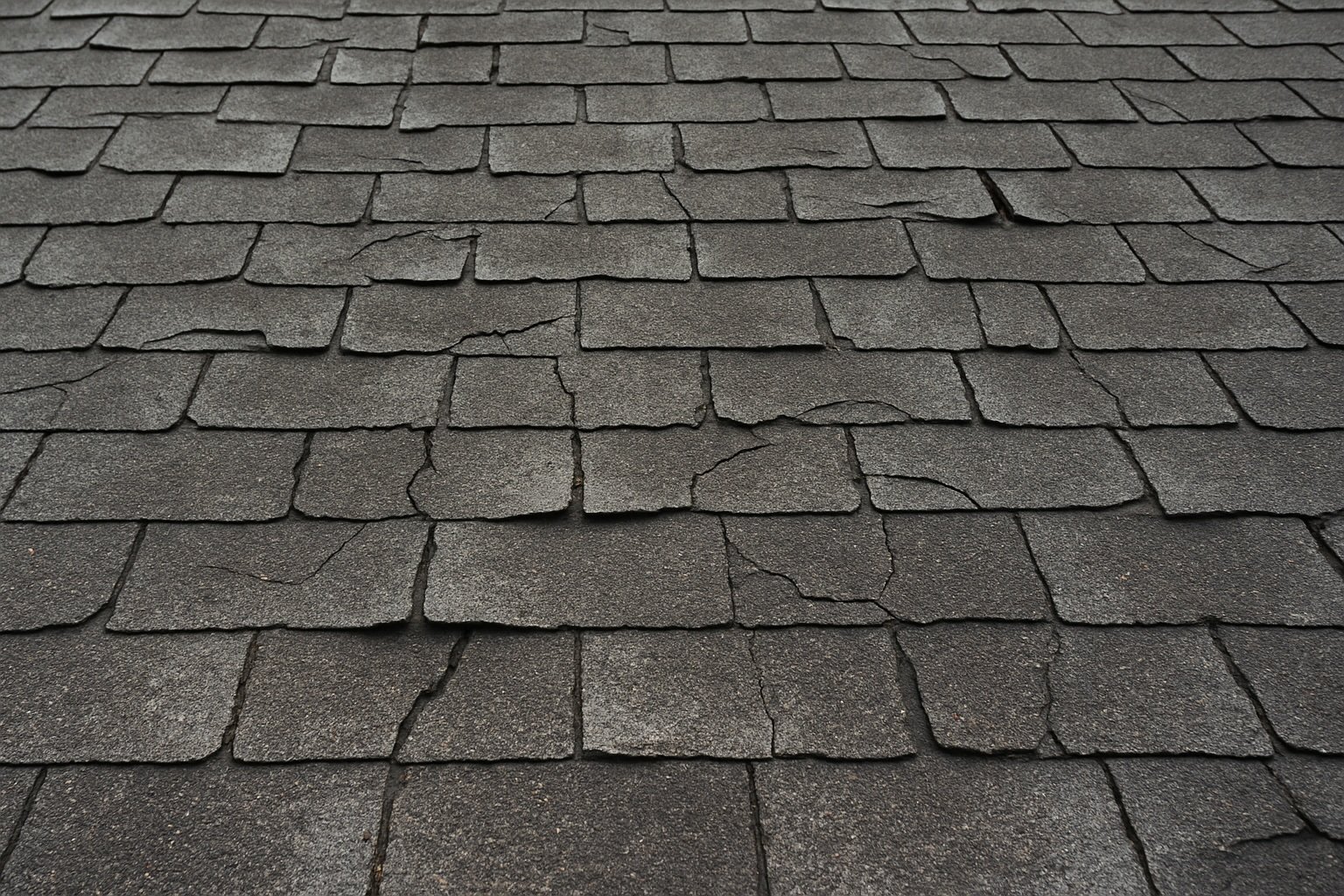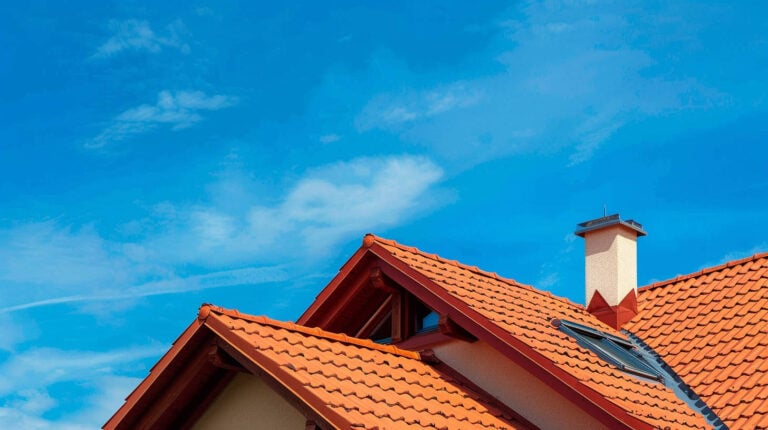In today’s market, recognizing the point when your roof needs replacing can save both time and money. At Steadfast Roofing, located in Riverview, FL, we understand the critical signs of roof failure—and we’ve compiled this comprehensive guide to help homeowners stay ahead of costly damage.
1. Visible Damage to Shingles and Roof Surface
- Cracked, curled, or missing shingles: Aging shingles may lift at edges, crack under pressure, or fall off entirely—common indicators of a roof nearing end-of-life.
- Granule loss: Large patches of granules in gutters or bald spots on shingles shorten lifespan and increase UV vulnerability.
- Severe weather impact: Hail, wind, and branches can fracture or puncture roofing material, compromising its barrier function.
2. Indicator from the Attic: Internal Inspection Matters
- Water stains or wet spots on decking and rafters signal leaks; delayed detection leads to mold and structural rot.
- Light penetration through boards or flashing indicates gaps inviting moisture and pests.
- Insulation disruption due to moisture undermines energy efficiency and elevates utility costs.
3. Flashing and Roof Penetrations Are Red Flags
- Damaged flashing around chimneys, vents, and valleys fails to redirect water, leading to seepage and serious interior damage.
- Seal deterioration around vents and skylights is common—sealant cracks allow steady, unseen leaks.
4. Structural and Sagging Issues
- Deck sagging under load or visible undulations on the roof surface often point to underlying rot, weakened rafters, or compromised decking.
- Roofline distortions may reflect issues with the framing and require professional evaluation.
5. Age and Warranty Considerations
- Asphalt shingle roofs typically last 20–25 years; older roofs warrant close inspection even without visible damage.
- Manufacturer warranty expiration leaves homeowners fully accountable for repair costs—prompt, timely evaluation is key.
6. Energy Efficiency Decline
Rising energy bills? A degraded roof with poor insulation and ventilation may be to blame:
- Heat penetration in summer and heat loss in winter occur with diminished insulation from moisture and attic air exchange.
- Replacing roof components restores thermal stability and reduces HVAC strain.
7. Moss, Mold, and Algae Growth
- Moss accumulation lifts shingles, while mold or algae retain moisture, accelerating material decay.
- Routine removal extends life, but persistent infestations often signal deeper moisture issues and aging roofing.
8. Interior Clues: Ceilings, Walls, and Mold
- Brown spots, peeling paint, or wallpaper — especially near rooflines — suggest water infiltration.
- Visible mold or mildew indicates recurring humidity and leaks; health risks necessitate prompt action.
9. Flashing Around Roof Intersections
Areas where roof slopes meet vertical components (chimney bases, dormers) rely on flashing—improper installation or rust rapidly leads to leaks. If repeatedly resealing doesn’t fix the problem, full replacement may be necessary.
10. Frequent Repairs Are Costly
Multiple patch jobs within a short period suggest systemic aging. Installing a new roof can be more cost-effective than ongoing stopgap fixes.
Our Replacement Process
- Comprehensive inspection: Including attic evaluation and structural assessment.
- Detailed report with photos: Clarifying issues and estimated lifespans.
- Custom replacement plan: Choosing materials (e.g., architectural shingles, metal panels), ventilation upgrades, and flashing improvements.
- Quality installation: Adhering to best practices and manufacturer guidelines.
- Final cleaning and inspection: Ensuring debris removal, functional gutters, and a final walkthrough.
Maximizing Roof Investment
- Choose high-quality materials that balance durability, aesthetics, and ROI.
- Look for energy-efficient features, such as reflective coatings or proper roof ventilation.
- Factor in local climate—such as humidity and storm frequency—when selecting materials.
- Don’t overlook warranty coverage: Transferability and workmanship guarantees add long-term value.
Proactive Maintenance: Preventive Steps
- Biannual roof inspections—particularly after storms—catch issues early.
- Clean gutters and downspouts to prevent water backup and ice dams.
- Trim overhanging trees to minimize debris and limb damage.
- Moss and algae treatments using non-invasive cleaning techniques extend roof longevity.
Conclusion
Keeping a close eye on roofing condition—both externally and within the attic—empowers homeowners to act before minor issues escalate. Visible wear, water damage, structural sag, moss, or frequent leaks demand proactive replacement planning. A new roof restores home protection, enhances energy efficiency, and improves curb appeal.
Read one of our latest blogs: “Roof Inspection Importance for Florida Homeowners: Comprehensive Guide”.




